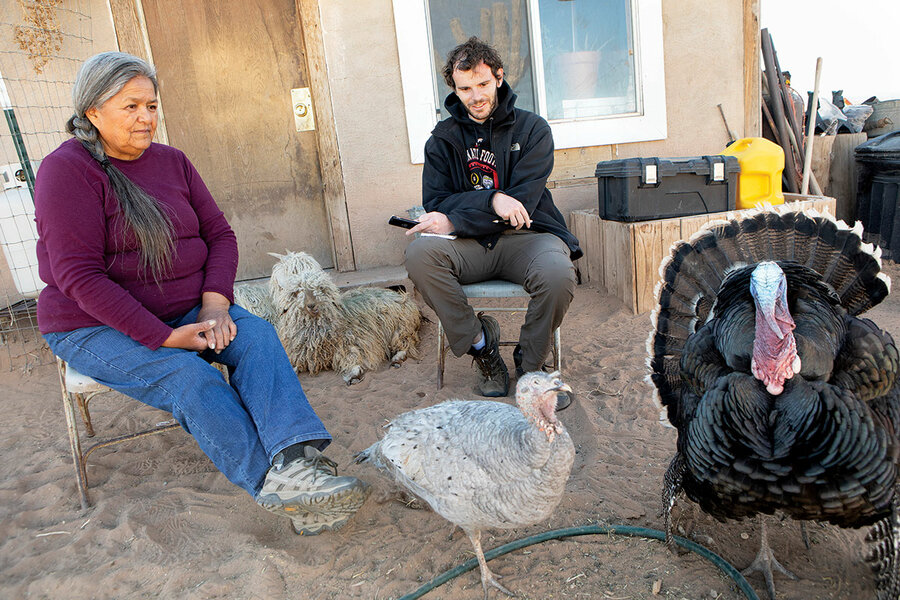In high court case, a delicate web of emotions
Loading...
Who gets to decide what’s in a child’s best interests?
That’s the question at the heart of a case that’s now before the U.S. Supreme Court, and of a recent cover story by Henry Gass.
Brackeen v. Haaland centers on the Indian Child Welfare Act, or ICWA, a law passed by Congress in 1978 that prioritizes placement of Native children with Native families when it comes to adoption or foster care. At its core, the law is an effort to protect the child’s sense of identity, culture, and belonging.
Indeed, ICWA first arose as an act of restitution for policies dating back to the 1800s that removed Native children from their tribal communities and placed them into private facilities. These were “intentional efforts to break up Native tribes and erode their culture by assimilation,” Henry tells me in an interview for the Monitor podcast “Why We Wrote This.”
But in practice, the prioritization of placement within Native communities has not necessarily led to the best outcomes for children, several plaintiffs in the case argue. One of Henry’s sources says she was shuttled between nine or 10 foster homes over 11 years. They were all nominally Native families, but she says many of the homes didn’t feel very Native to her.
“This case is very emotional. It’s about children, about child welfare. It’s also about tribal sovereignty. You know, it’s about historical injustice and trauma,” Henry says.
“I think one of the things that makes this case so challenging is that everyone has the best interests of the children at heart,” he adds. “They just maybe disagree on what those best interests are.”
For Henry, an experienced justice reporter, that underscored the need to approach coverage with an eye toward nuance. He had to look at competing child-placement preferences, competing views of what impact children’s cultural environments have on their well-being, and competing views of what’s in their “best interests.” And he had to gather each of these perspectives with care and compassion.
“So it’s all the more important to talk with every person involved in a nonjudgmental way,” he says. “They’re telling their truth, their lived experience. And it’s my duty to listen nonjudgmentally and transmit that as best as I can.”
To hear my full interview with Henry, visit www.CSMonitor.com/ICWA.






